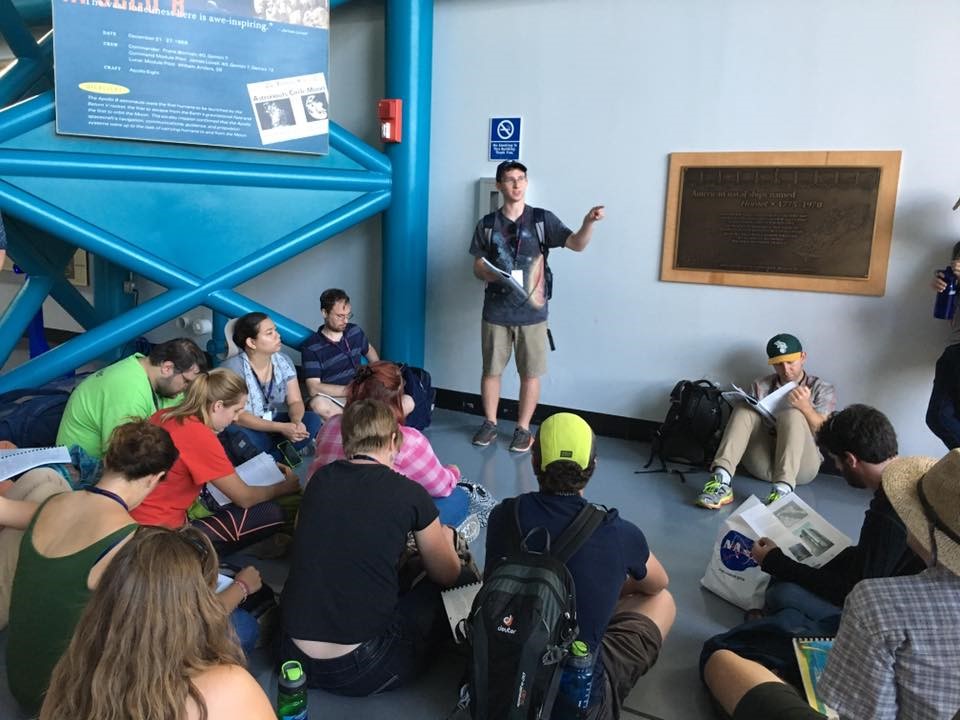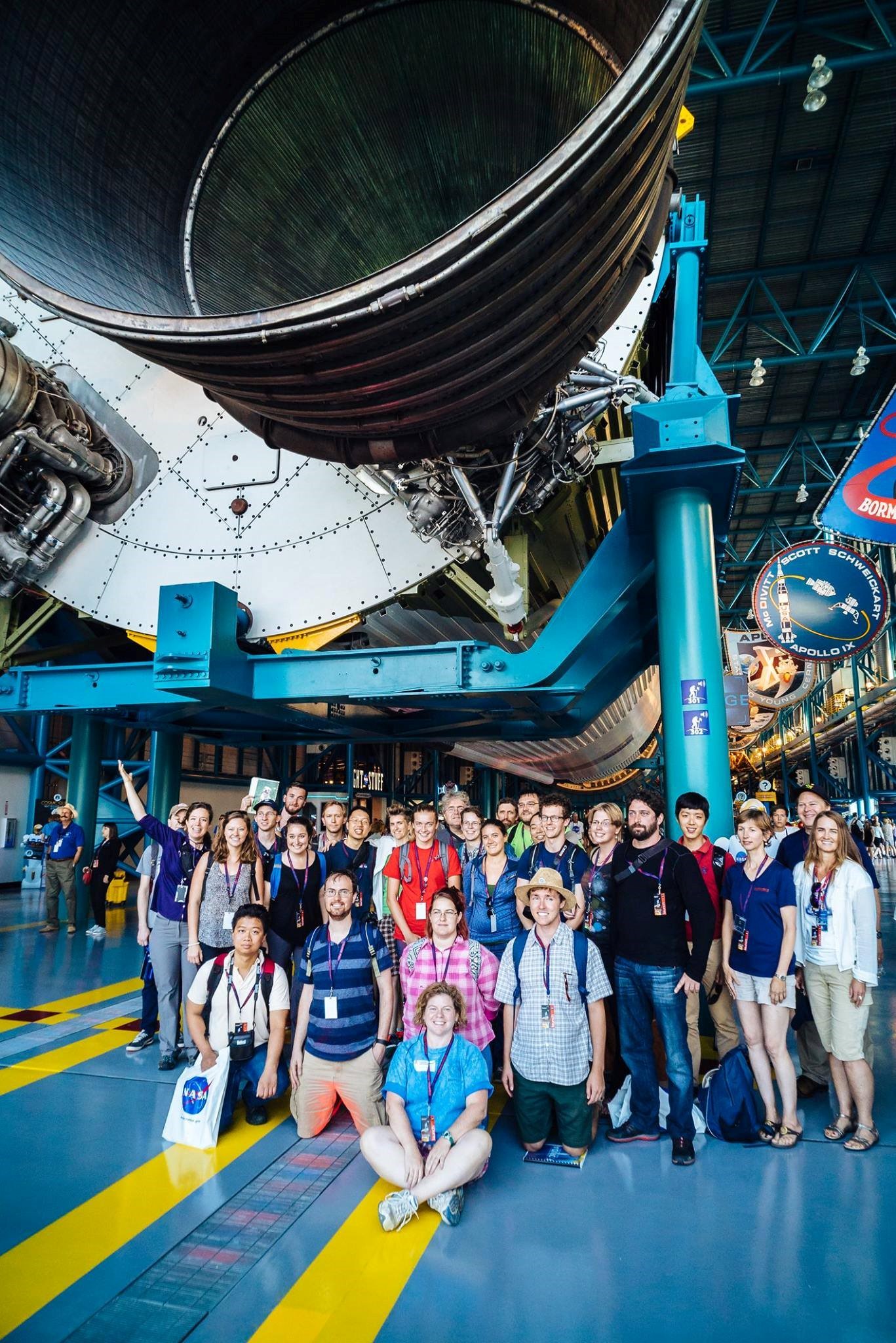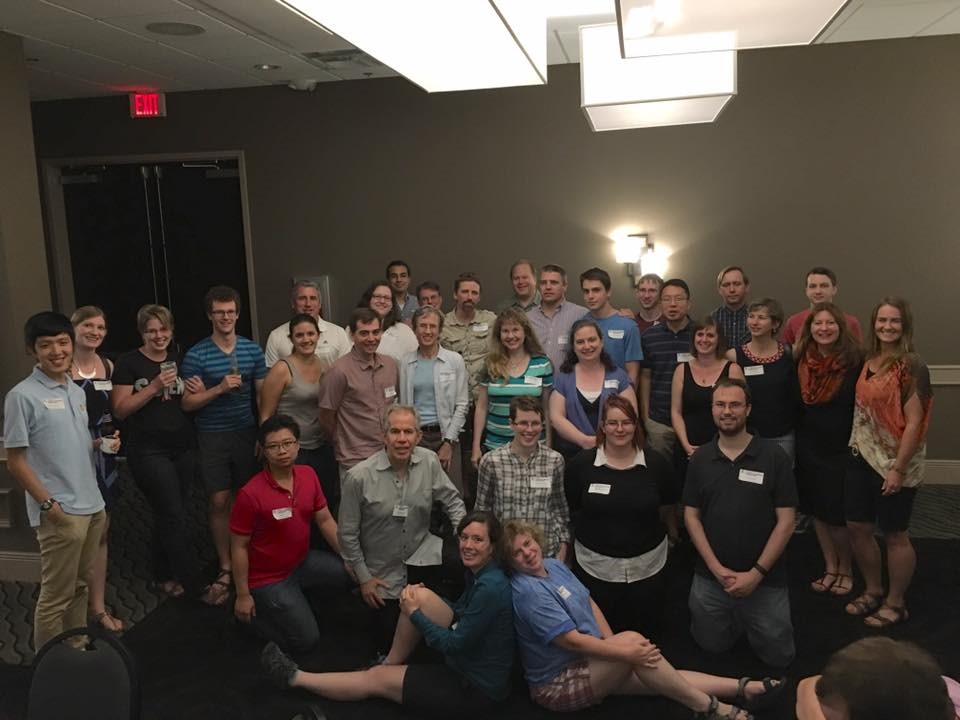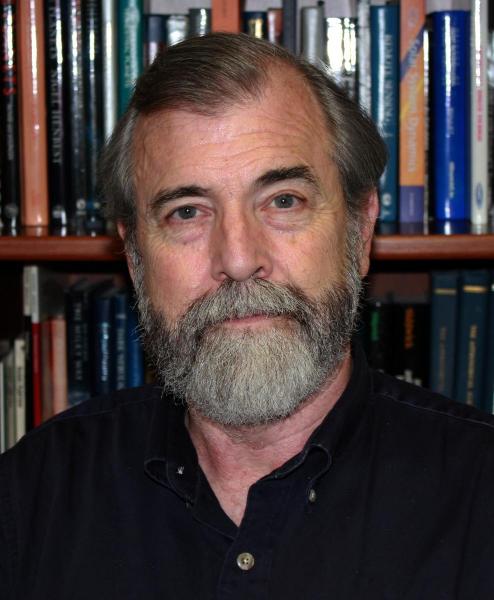Melissa Lamberton graduated from the University of Arizona in 2009 with degrees in Environmental Sciences and Creative Writing. As a Space Grant student, she collaborated with Mike Drake to complete a history of LPL. Last summer, her article, "A Thirsty Tree" was published in Terrain.org: A Journal of the Built and Natural Environments.
Melissa sends us the following update:
I'm finishing up my second year (of three) at Iowa State University's MFA program in Creative Writing and Environment. Mostly I'm working on my thesis now, which will be a nonfiction book about water in the west....It describes the science of environmental flows---a way of returning a portion of natural rhythms to rivers that have been dammed or diverted. It also describes the historical roots behind our desire to engineer "new" water into existence rather than deal carefully with what we have. The Terrain.org story, in a revised form, will probably be a chapter in the book.
My classwork in the program is a mix of science, writing and literature classes.
I'm also working as a Communications Research Assistant for the Leopold Center for Sustainable Agriculture, which is a research and education center that looks for ways to make farming profitable while conserving ecological resources. And I'm volunteering at an organic farm (Onion Creek Farm) on weekends.
I've published a handful of things since coming [to Iowa]...I'll have another article in Terrain.org by the end of the month, about my sister's work with mountain lions for Sky Island Alliance. Also an essay called "Tracing the Creek Home" was published in Flyway and 3 articles about recent ecology topics on the Southwest Climate Change Network website. I've placed two poems, still forthcoming in Spiral Orb and Platte Valley Review. A book chapter I coauthored with colleagues when I still lived in Tucson just came out in "The Water-Energy Nexus in the American Southwest."
I've also revisited some of the oral history material I collected at LPL and am working on short essays. I'm so excited about seeing the one about Paul Geissler's work in Sky & Telescope in a year or so---publishing there fulfills a childhood dream!
...[and] I've been chatting with Anna Spitz [1991] about updating the oral history project to include OSIRIS-REx. I hope I get a chance to do that!
Cheers,
Melissa


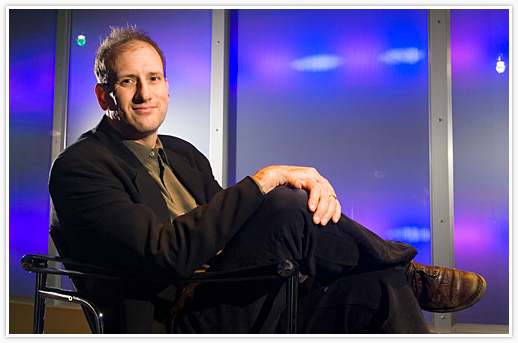 Congratulations to PTYS alumnus
Congratulations to PTYS alumnus 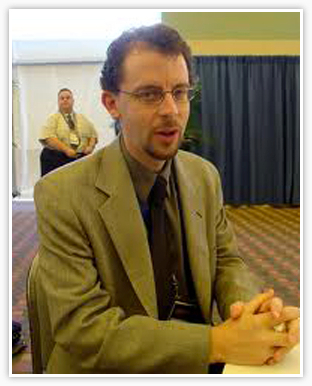
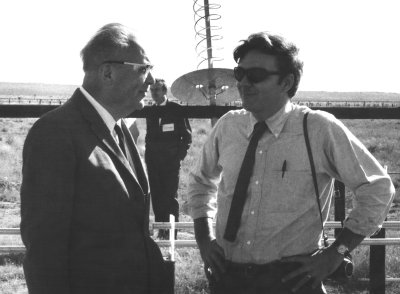
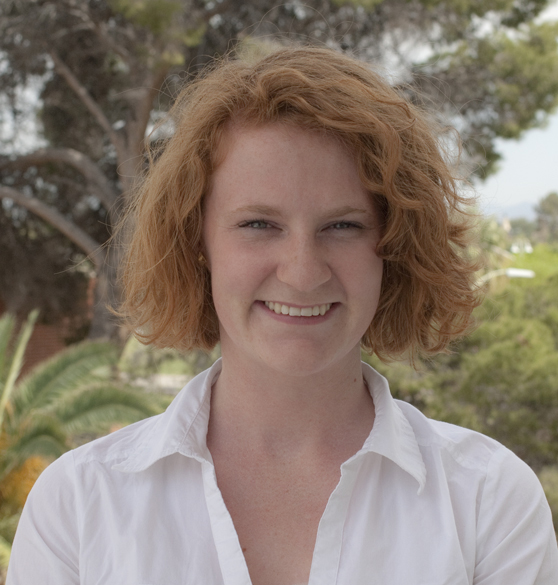 LPL congratulates recent PTYS graduate
LPL congratulates recent PTYS graduate 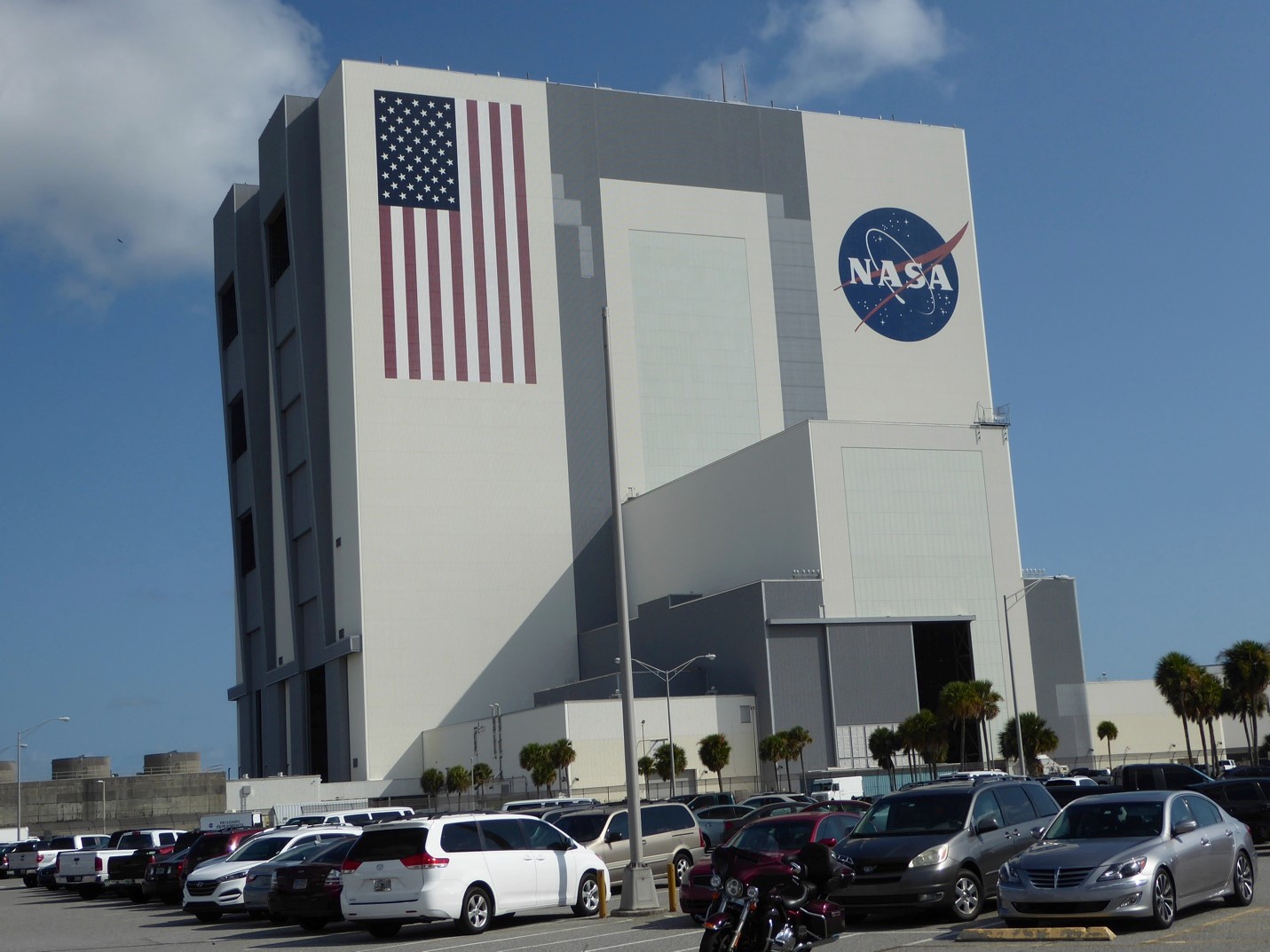
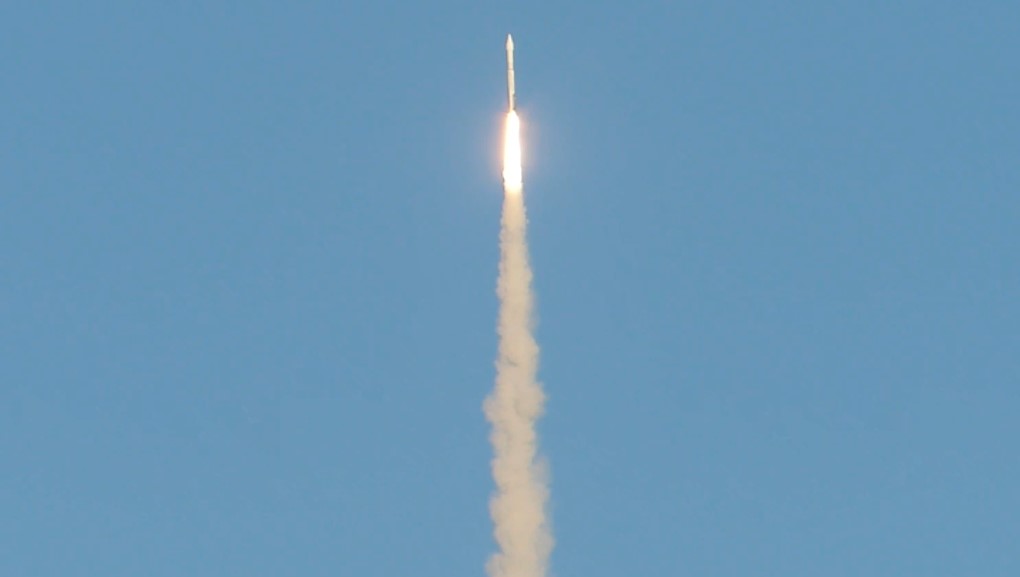
 The skies were so clear up high for the launch. The towering exhaust plume showed sunset and full sun colors, and the shadow of the cloud is visible against the sky. (Photo: J. Radebaugh)
The skies were so clear up high for the launch. The towering exhaust plume showed sunset and full sun colors, and the shadow of the cloud is visible against the sky. (Photo: J. Radebaugh)